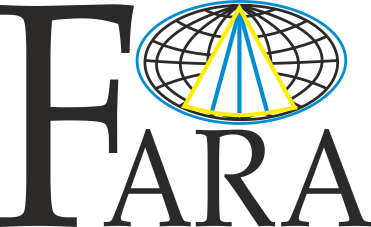Tomographic processing of the measurement results allows obtaining an image of changes in various geoelectric parameters in the cross-hole space. Such images can be useful
when laying additional boreholes for drilling, help identifying potentially dangerous sites for development at an early stage, and promptly determine the economic efficiency of the mining
projects at the planning stage.
Historically, the method of radiofrequency survey was applied for the detection of inhomogeneities in coal seams. In addition, the method served to increase safety during production, by
pointing to the occurrence of water or gas pockets near coal seams. Later, the method was used at ore deposits, where the survey targets are characterized by a low resistivity and
are surrounded by the high-resistivity rocks. The method was successfully applied at the major ore deposits in Russia, Europe, North America, South America and Australia.
The method of Radio Imaging (RIM) is applied to study the geological structures
between boreholes using a high-frequency electromagnetic field.
The Radio Imaging method is based on different degrees of absorption of
electromagnetic energy during radio waves passage through rocks. In most
cases, the absorption degree of radio waves is determined by the electrical
conductivity of rocks, since other parameters - dielectric and magnetic
permeability - vary within a small range. Absorption of electrical energy increases
with increasing electrical conductivity of rocks. Ore bodies with a high electrical
conductivity, and other high-conductivity bodies, act as screens for the passing
radio waves creating an anomalous effect which shows up as a decreasing
electromagnetic field intensity.
The greatest attenuation occurs when electromagnetic energy passes through
massive ores composed of sulphides, magnetite and other high-conductivity
minerals. The anomalous effect depends not only on the electromagnetic
properties of rocks and ores, but also on the thickness and linear dimensions of
the bodies, the applied sounding frequency and the distance between the
transmitter and the receiver.



